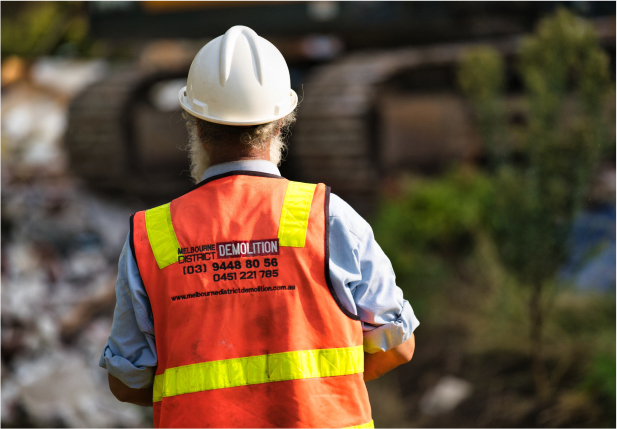Demolition projects have the potential to generate significant environmental impact, from air and water pollution to the depletion of natural resources. However, by implementing eco-friendly demolition practices, contractors and homeowners can minimise environmental harm and promote sustainability in the construction industry. In this blog, we’ll explore various strategies for reducing the environmental footprint of demolition projects and preserving our planet for future generations.
Importance of Eco-Friendly Demolition
- Resource Conservation: Demolition generates vast amounts of waste, including concrete, wood, metal, and other materials. By salvaging and recycling these materials, we can conserve natural resources and reduce the demand for virgin materials.
- Air Quality: Dust and airborne particles generated during demolition can pose health risks to workers and nearby residents. Implementing dust control measures by demolition company in Melbourne helps mitigate air pollution and improve air quality in the surrounding area.
- Water Protection: Runoff from demolition sites can contain harmful pollutants such as sediment, chemicals, and heavy metals, posing a threat to water quality and aquatic ecosystems. Proper erosion and sediment control measures are essential for protecting water resources.
- Energy Efficiency: Demolition equipment and machinery consume energy, contributing to greenhouse gas emissions and climate change. Implementing energy-efficient practices and using alternative fuels can reduce the carbon footprint of demolition operations.
Eco-Friendly Demolition Practices
- Selective Demolition: Instead of demolishing entire structures, opt for selective demolition to remove specific components while preserving reusable materials. Salvaging items such as wood, bricks, and metal reduces waste and minimises the environmental impact of demolition.
- Deconstruction: Consider deconstruction as an alternative to traditional demolition. Deconstruction involves carefully dismantling a structure to salvage materials for reuse or recycling, rather than demolishing it outright. This approach maximises resource recovery and minimises waste sent to landfill.
- Salvage and Recycling: Prioritise salvaging and recycling materials such as concrete, wood, metal, and asphalt from demolition sites. Partner with recycling facilities and salvage yards to ensure that materials are properly sorted, processed, and reused in future construction projects.
- Asbestos Management: Identify and manage asbestos-containing materials (ACMs) in compliance with regulatory requirements. Engage licensed safe asbestos removal team to safely remove and dispose of ACMs, minimising the risk of exposure to hazardous fibres.
- Dust Control: Implement dust control measures such as watering down surfaces, using dust suppression techniques, and covering debris piles to minimise airborne dust and particulate matter. This helps protect air quality and mitigate health risks for workers and nearby residents.
- Erosion and Sediment Control: Install erosion and sediment control measures such as silt fences, erosion blankets, and sediment traps to prevent soil erosion and runoff from leaving the demolition site. Proper erosion control protects water quality and prevents contamination of nearby water bodies.
- Energy-Efficient Equipment: Use energy-efficient equipment and machinery powered by alternative fuels such as biodiesel or electric power. Energy-efficient practices help reduce fuel consumption, greenhouse gas emissions, and overall environmental impact.
- Hazardous Waste Management: Properly handle and dispose of hazardous waste such as lead-based paint, chemicals, and contaminated soil in accordance with regulatory requirements. Engage licensed professionals to manage hazardous materials safely and responsibly.
- Community Engagement: Communicate with the local community and stakeholders to address concerns, provide updates, and solicit feedback throughout the demolition process. Open communication fosters transparency, trust, and collaboration, enhancing the overall sustainability of the project.
- Certifications and Standards: Seek certifications such as LEED (Leadership in Energy and Environmental Design) or Green Star accreditation to demonstrate commitment to sustainability in demolition projects. Adhering to green building standards and best practices helps minimise environmental impact and maximise resource efficiency.
Conclusion
Eco-friendly demolition practices are essential for minimising environmental impact, promoting sustainability, and protecting natural resources. By prioritising selective demolition, salvaging and recycling materials, implementing dust and erosion control measures, and engaging with stakeholders, we can reduce the carbon footprint of demolition projects and build a more sustainable future.
As stewards of the environment, it is our responsibility to adopt eco-friendly practices in all aspects of construction and demolition. By embracing sustainable solutions and innovative technologies, we can mitigate environmental harm, preserve ecosystems, and create healthier, more resilient communities for generations to come. Let’s work together to make eco-friendly demolition the standard practice in the construction industry.


